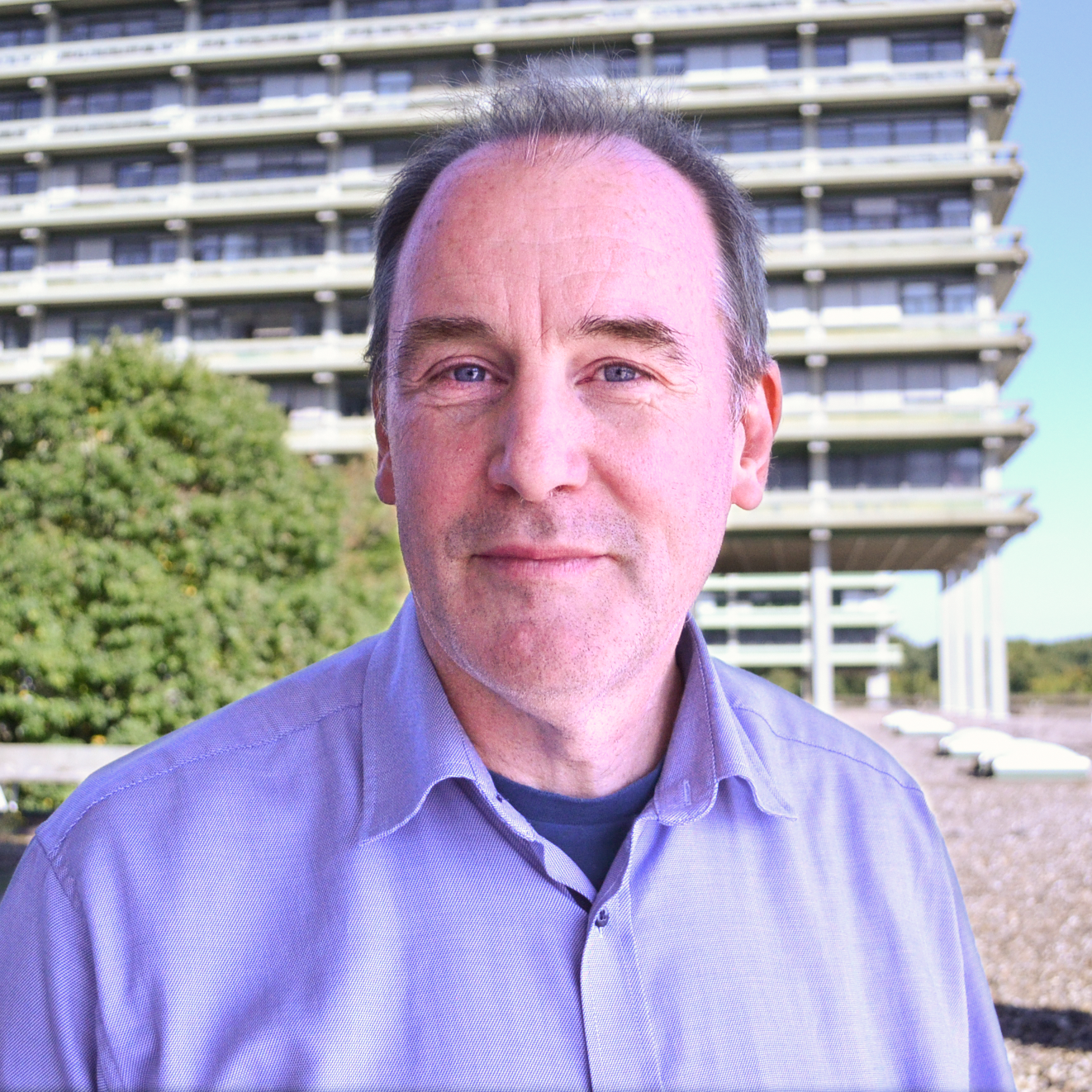
Prof. Dr Daniel Hägele
Experimental physics, especially condensed matter spectroscopy
Research
Daniel Hägele's research focuses on spin electronics, terahertz spectroscopy and photoluminescence spectroscopy.
Together with his colleagues, he has done pioneering work in the field of semiconductor spin electronics. The demonstration of coherent electrical spin transport in semiconductors and the efficient injection of spin-polarised electrons into a semiconductor are among the most important results of spin electronics in the late 1990s.
During his postdoctoral stay at the Lawrence Berekely National Laboratory, he clarified the process of exciton formation in semiconductors together with Robert Kaindl and Daniel Chemla. For this, elaborate experiments on time-resolved terahertz absorption had to be developed and carried out (Nature 2003). In 2004, a new mechanism was discovered experimentally and described theoretically that limits the spin lifetime in semiconductor quantum films. In addition, a very strong dependence of spin lifetime on spin orientation was experimentally demonstrated for the first time. This was followed by the first successful transfer of spin-noise spectroscopy to semiconductor materials, which made it possible to measure intrinsic spin lifetimes in thermodynamic equilibrium (Phys. Rev. Lett. 2005).
Since moving to the Ruhr-Universität Bochum at the end of 2006, Prof. Hägele and his colleagues have expanded the field of spin-noise spectroscopy to include ultrafast spin-noise spectroscopy and apply this method to metallic systems and semiconductors. In 2007, the Bochum group also succeeded in partially proving a mathematical conjecture from statistical physics (Bessis-Moussa-Villani, 1976). Investigations and extensions of the new solution approach were subsequently published by several international groups.
The new working group operates a laser measuring station for time-resolved measurement of spin lifetimes in semiconductors with large bandgaps. Materials and structures for future room temperature spin electronics are identified and optimised here. In 2009, work was completed on a new quantum effect that can be observed in the spontaneous optical emission of semiconductor quantum films (Phys. Rev. Lett. 2009).
The group is currently setting up a new high-sensitivity experiment to measure the magneto-optical core effect in order to identify potential ferromagnetic semiconductors. The successful search for a ferromagnetic semiconductor for room temperature applications would represent a major breakthrough for semiconductor spin electronics.
The person
Training
Professional career
Memberships and commitment
- Nature Physics
- Physical Review Letters
- Physical Review B
- Journal of Linear Algebra and Applications
- Physica E

